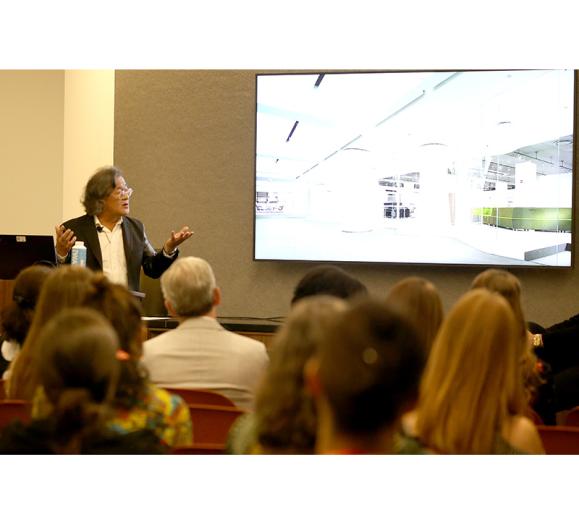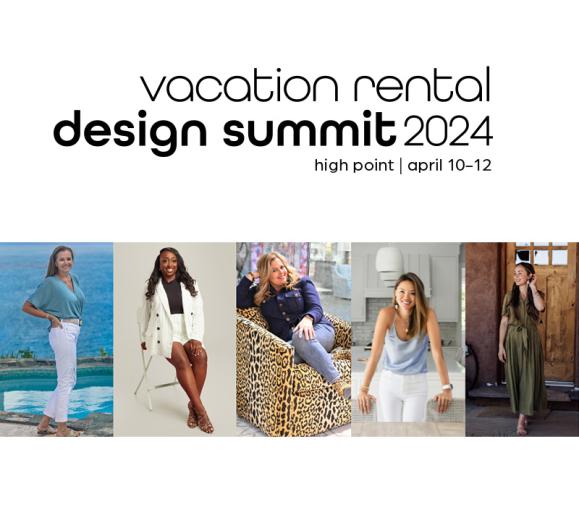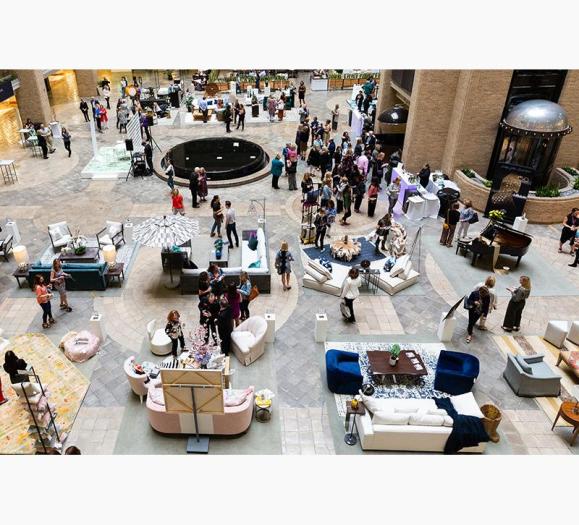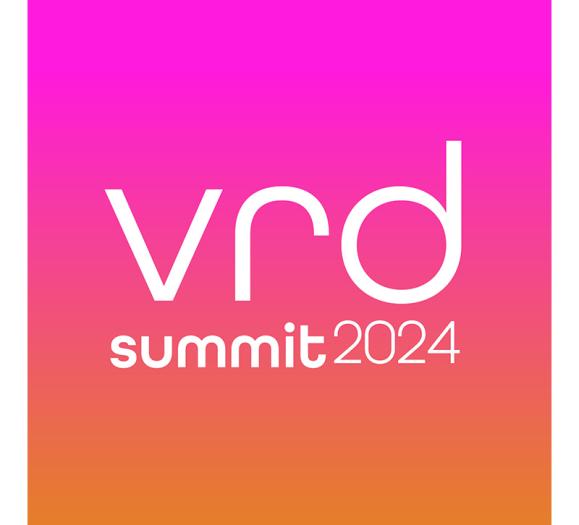The major markets in Atlanta, Dallas, High Point and Las Vegas make style reporting a focal point of their programming and literature. Market goers can always expect to find some type of style-spotting or trend-spotting seminar no matter which market they attend, and most markets release guides written by designers and tastemakers after the market as a recap to what they saw and what they loved.
Just this week, for example, most home design professionals probably read through the High Point Style Report, written by its 2018 Style Spotters team. But now that you have this and other guides, what do you do with them? Do you change your whole shopping strategy for the upcoming summer markets? Do you briefly look at it and then forget about it? Where do these trends fit into what your customers want?
You have a ton of data at your disposal to help you understand what your customers will most likely buy, and trend reports represent just another piece of the puzzle — if you know how to think critically about the information provided.
We asked trend spotters Michelle Lamb of The Trend Curve and Patti Carpenter, Global Trend Ambassador for Pantone Color Institute and Maison & Objet, for their guidance on how to use style reports, and naturally, they delivered. Read their insightful advice and you'll never look at a style guide the same way again.
Segment trends
The best way to start thinking about trends is to get organized. Style guides often throw a ton of information at readers, and sometimes, one designer's trend conflicts with another designer's trend. That's okay. You'll see why in later.
Using whatever method you like — spreadsheet, pen and paper, physically tearing up style guides or magazines, whatever — segment the different trends by color, material, form, motif and style. Keep your categories simple so you don't wind up with just one in each category.
"Sometimes shape, for example, becomes a real trend driver," Lamb says. "At other times, its all about unique materials. You can pick up on directional cues from a sorting exercise like this."
This works best when you have multiple guides, seminars and magazines to work with. It gives you a bigger picture and more opinions about what's going on in the industry. Carpenter uses trend reports from both the fashion and home design industries because fashion often informs home design. In the most recent Style Spotters guide, the style harkening to the 1980s came up in multiple designers' reports, but this isn't surprising to Carpenter.
"In fashion, we've been talking about the 80s for two years," she says.
Look for patterns and compare notes
Once you've segmented all this information, it's time to look at the most popular trends and identify patterns.
"The more repetition you see, the more consensus there is about the potential of a color, look or material mentioned in the guides," Lamb says.
But, Lamb adds, beware the overused trend, which is not really a trend at all. If too many guides are pointing to the exact same trend or concept, then it's probably more established and less trend-forward. Remember, you're identifying what's coming down the pipeline — not what's already here.
After Carpenter finishes sifting through other guides, she'll compare them to what she's written in her own report, looking for instances where her notes match other reports and where they diverge. Some trends she's seeing now correlate with reports she wrote previously (both Carpenter and Lamb predict trends a few years out), so she knows she's on the right path with her trend spotting. Even when current reports disagree with her, Carpenter still looks for a point of connection.
"I'm always open or I try to be always open because that's how you receive the information," she says.
Compare patterns to your sales
Now that you have all this information, how do you make sense of it? If you've identified Matte Black as a trending finish in lighting, should you go and buy new fixtures for your showroom immediately? If the 80s are trendy again, do you need to start selling overstuffed couches?
The simple answer is no, but there's more to it.
Carpenter says to first think about what type of trend consumer you serve: an early adopter or a mass marketer? These groups adopt trends at different periods with early adopters naturally going for that couture, high-fashion look while mass marketers usually pick up on trends about two years down the line. Both consumers have needs you could be meeting. It's just a matter of understanding which ones will most likely visit your showroom.
Go through your sales from the last six month (or a year if you'd like more data) and look at the products sold and how they compare to the trends you just categorized. Identify any connections between them. Are people looking for more natural materials? Are the colors similar? In her own work, Carpenter's been seeing a warming trend in color, so if your consumers seem to be purchasing more yellows and oranges, then red may be a logical next step.
Not every trend that is out there will be directly applicable to your showroom, but think about how your aesthetic and style could interpret these trends. Maybe your wall decor has fringe instead of your furniture or your area rugs have more geometric prints and brighter colors.
Of course, don't be afraid to experiment.
"If you see something that is outside the boundaries of what you believe is your store or assortment’s look, but you wonder if it could be viable in the future, consider a test — but do it as quickly as you can to take full advantage of its potential," says Lamb.
Another way to test a trend's viability in your showroom could be in your displays. Carpenter suggests using your store's displays to embody those trends without changing your whole inventory. For example, if you think the 80s might catch on with your customers, consider using geometric-shaped products and 80s colors in your displays to give off that 80s vibe. You don't have to have an overstuffed sofa — although Carpenter says having one wouldn't be bad and might make a nice centerpiece — but using colors and prints of the era along with a few accessories might embody the trend just enough to entice customers without going overboard.
"A trend never comes back as exactly as it was," Carpenter says, "so it needs to be tweaked."
We want to know: What about these style guides are most helpful to you? Share with us in the comments!
Photo by Kaboompics .com from Pexels







